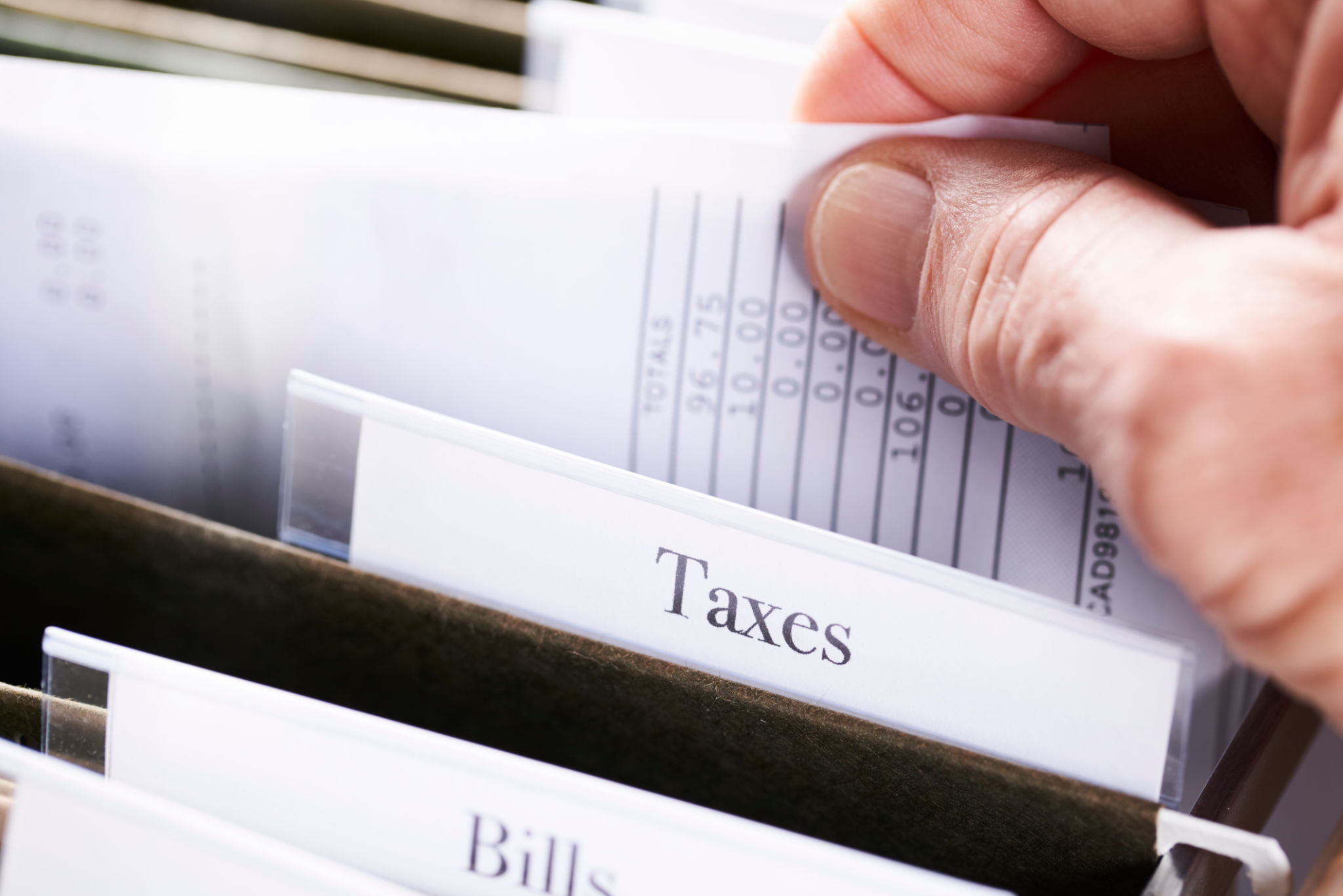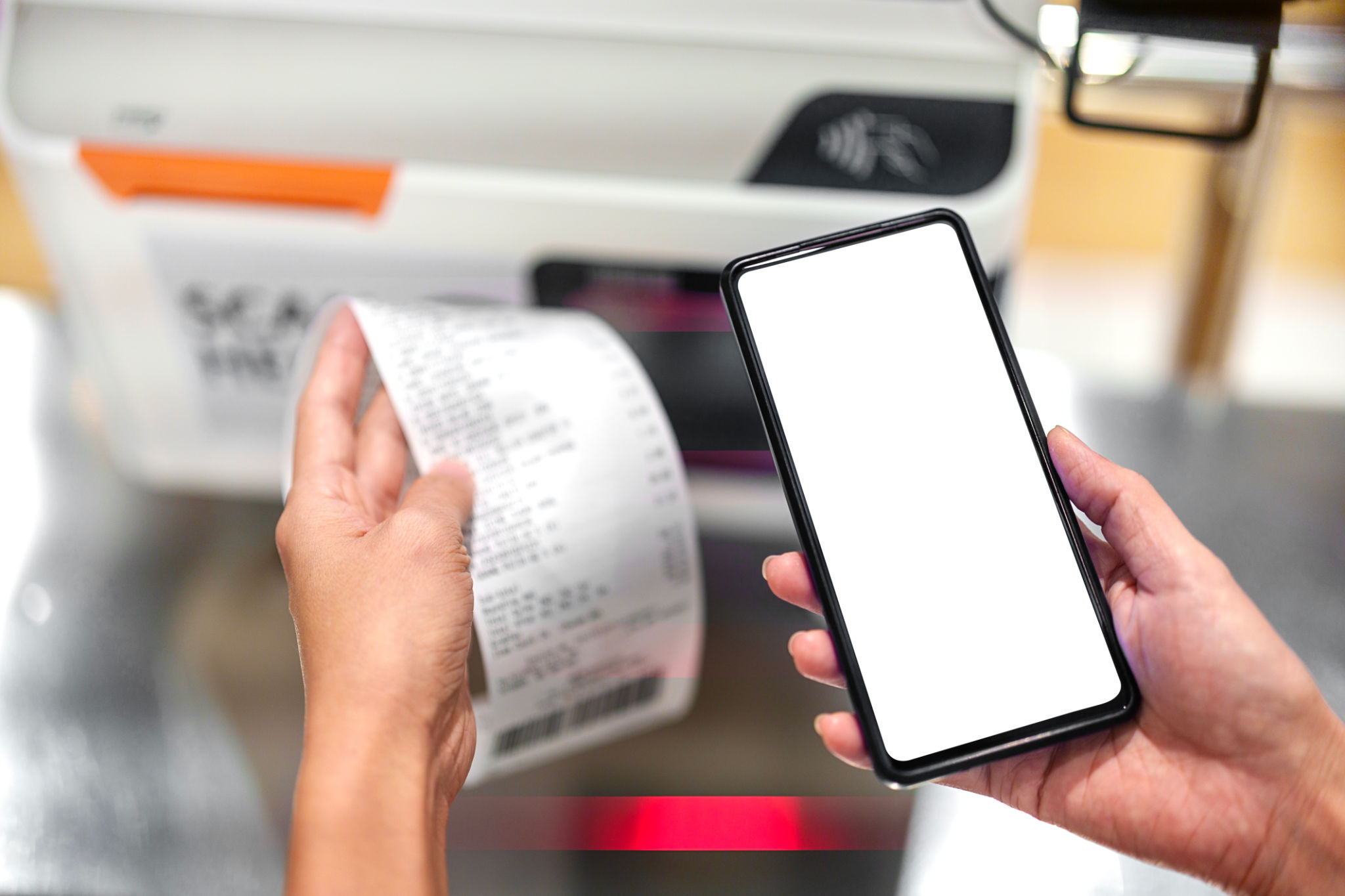Simplify Your Finances: How to Create a Monthly Bookkeeping Routine
Keeping track of your finances doesn’t have to be overwhelming! With a simple monthly bookkeeping routine, you can stay on top of your money, reduce stress, and feel confident about your financial health. Whether you’re a small business owner, a freelancer, or just someone looking to manage personal finances, creating a routine is the secret to success.
Why a Monthly Bookkeeping Routine Matters
1. Reduces Financial Stress
Knowing where your money is going and staying organized can eliminate the anxiety of unexpected expenses or missed payments. With a monthly routine, you’ll feel in control.

2. Prevents Costly Errors
Regularly updating your books ensures you catch mistakes like duplicate charges or incorrect transactions before they snowball into bigger problems.

3. Helps You Make Informed Decisions
Accurate, up-to-date records provide a clear financial picture, making it easier to set budgets, plan for the future, or decide where to cut back.

4. Prepares You for Tax Season
No more scrambling to gather receipts at the last minute! A consistent routine keeps everything organized, making tax time a breeze.

5. Supports Business Growth
If you’re running a business, well-maintained books help you spot trends, track profitability, and attract potential investors or lenders.

Steps to Build Your Monthly Bookkeeping Routine
Ready to simplify your finances? Follow these easy steps:
Step 1: Set a Date and Time
Choose a specific day each month to dedicate to bookkeeping. Block it off in your calendar and treat it like an unmissable appointment.
Action Tip: Pick a quiet time when you can focus—like the first Saturday morning of the month.
Step 2: Gather All Financial Documents
Collect everything you need, such as bank statements, invoices, receipts, and credit card statements. Keep them in a folder or digital file for easy access.
Action Tip: Use apps or software to digitize paper receipts to reduce clutter.

Step 3: Review Income and Expenses
Go through all your transactions for the month. Make sure every income and expense is accounted for and categorized correctly.
Action Tip: Use bookkeeping software like QuickBooks Online to automate transaction categorization.

Step 4: Reconcile Bank Statements
Compare your bank statements with your bookkeeping records to ensure everything matches. Look for discrepancies and address them immediately.
Action Tip: Set up automated bank feeds to save time.
Image suggestion: A side-by-side view of a bank statement and a digital ledger being cross-checked.
Step 5: Update Financial Reports
Generate and review key financial reports, such as profit and loss statements or cash flow summaries. This helps you understand your financial health.
Action Tip: Create a simple spreadsheet or rely on software-generated reports for a quick overview.
Image suggestion: A colorful pie chart and bar graph showcasing financial data.
Step 6: Set Goals for the Next Month
Use your findings to set realistic financial goals for the upcoming month, whether it’s saving more, cutting unnecessary expenses, or investing in growth.
Action Tip: Write down one actionable financial goal and display it somewhere visible.
Image suggestion: A sticky note on a computer monitor with a written financial goal, like “Save $500 this month.”
Step 7: Backup Your Records
Protect your hard work by saving backups of your records. Use cloud storage or an external hard drive for extra security.
Action Tip: Schedule automatic backups to ensure your data is always safe.
Image suggestion: A cloud icon with an upward arrow, symbolizing data backup.
Step 8: Review and Adjust the Routine
After a few months, assess your routine. Are there steps you can streamline? Make adjustments to keep it effective and stress-free.
Action Tip: Reflect on what worked well and note areas for improvement in a journal.
Image suggestion: A notebook with handwritten notes and a pen resting on it.
Tools to Simplify Your Bookkeeping Routine
Bookkeeping Software: QuickBooks Online or similar platforms streamline tracking and reporting.
Receipt Management Apps: Tools like Expensify or Dext make organizing receipts easy.
Cloud Storage: Google Drive or Dropbox for securely storing records.
Calendar Reminders: Use apps like Google Calendar to schedule bookkeeping days.
Templates: Create or download budgeting and financial tracking templates.

Final Thoughts
Creating a simple monthly bookkeeping routine doesn’t just help you stay organized—it empowers you to take charge of your financial future. With just a few hours each month, you can reduce stress, avoid costly mistakes, and make informed decisions with confidence.
Start today by scheduling your first bookkeeping session. Remember, the key is consistency. Over time, this small habit will make a big difference!
Image suggestion for conclusion: A cheerful person closing a laptop with a sense of accomplishment.
